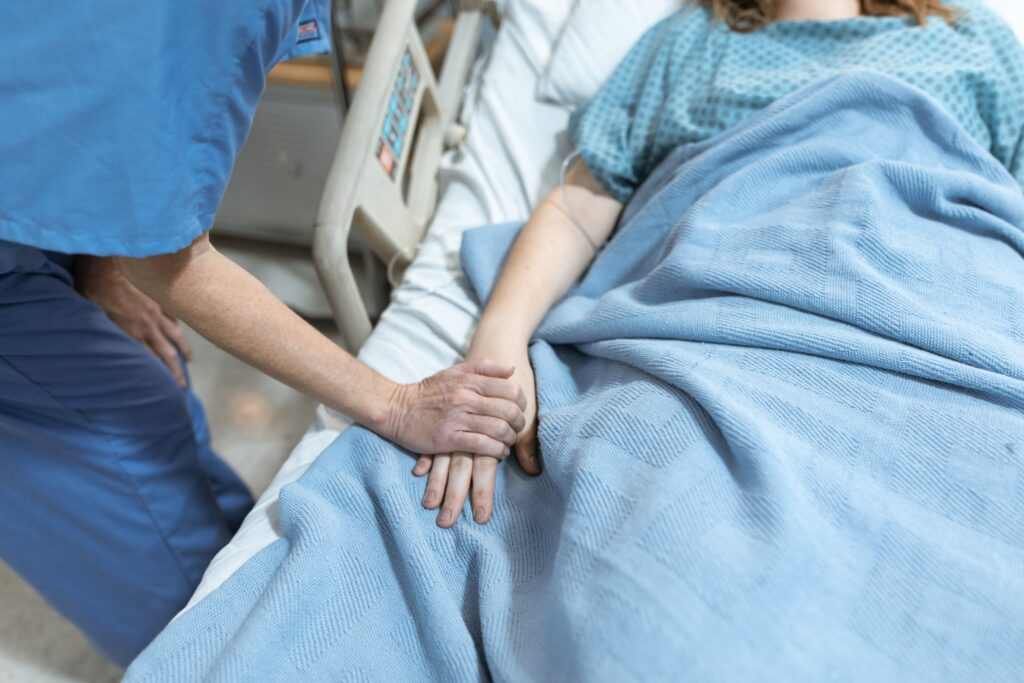
The Role of Time in Biosimilar Uptake
Biosimilars are gaining traction in the healthcare industry, with their use reaching 50% or more in public hospitals within three years of their first introduction. However, the uptake of these medical products varies greatly, with some hospitals fully embracing biosimilars, while others show little to no use. This article explores the uptake of biosimilars in public hospitals, providing an in-depth analysis based on recent research.
In the last decade, health systems have been challenged by the market entry of new drugs with high prices. In 2021 biologic drugs accounted for 78.6 billion euros in spending, and 34% of drug expenditures in Europe. Among these, 80% of the main nine therapy classes were exposed to biosimilar competition. This longitudinal analysis of Portuguese NHS hospitals shows that if all NHS hospitals had biosimilar shares equal to the highest ones, potential annual savings could reach 13.9 million euros.
Factors Influencing Biosimilar Adoption
Several factors influence the adoption of biosimilars in public hospitals. These include the type of drug, the hospital’s relationship with pharmaceutical companies, and the hospital’s financial situation. Interestingly, hospitals with higher debts were not more likely to adopt biosimilars, contrary to expectations. Time plays a crucial role in the adoption of biosimilars. As physicians and patients gain experience with these treatments, their use tends to increase. This trend suggests that education and communication efforts could significantly influence biosimilar uptake.
Despite the potential savings that biosimilars offer, their adoption in academic and large hospitals is slower than expected. This finding suggests a need for stronger management, communication, and educational efforts to promote biosimilar uptake in public hospitals.
